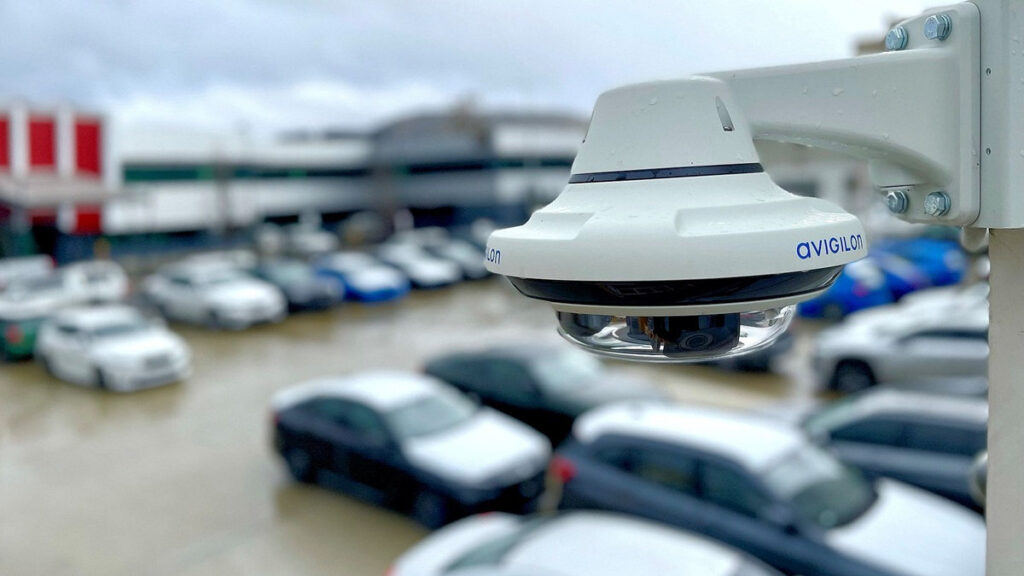External Intrusion Detection Considerations In Challenging Environments.
External Intrusion Detection Considerations – Andrew Hogendijk of Leader Security discusses external intrusion detection considerations of sensors and camera AI in challenging urban and natural environments…
At Leader Security we deploy many external detection systems, often in extremely rough environments. There is a marked difference in the performance of devices in urban areas as opposed to more natural ones, which leads us to choosing different approaches to the implementations.
Urban areas have a lot of heat banks and a lot of potential moving objects including debris. In these environments we find that the use of AI-driven video detection works extremely well if you have the camera detection operating at a realistic volume.
For example, a camera with a 90-degree FOV at 8MP will work very well at detecting people and vehicles up to about a 20m distance, however beyond that the performance and reliability decreases rapidly. Additionally, it is very important to have the IR illumination of the camera aimed correctly so that any IR reflections, including the ground itself, are not blinding the camera’s AI from detecting objects.

Natural areas don’t have the heat bank issues as much as urban areas, however, they are affected by other concerns such as wildlife. The most irritating cause of false positives is insects at night. They just love the IR and the warmth of the camera body.
A good surface bug spray helps with insects but it does not eliminate the issue, which forces you to reduce the sensitivity of the AI, and of course this reduces the effective detection capabilities. Same optical rules apply of course. Using radar type detectors works well here in conjunction with the AI of a camera.
External Intrusion Detection Considerations
To obtain the highest level of confidence requires a combination of sensor technologies, with the problem being broken into stages:
- 1: Detection detecting something on one or more of the sensors (simultaneously). Multi-sensor activation matters here – AI + PIR + microwave or radar
- 2: Qualification what that something is – AI object recognition to a defined degree/threshold of confidence
- 3: Verification – send the image of the scene to a human operator not an AI system to determine.

It is also necessary here to have a lower confidence level of detection based on a reduced number of simultaneous sensors so that if one sensor is affected by environmental concerns, or other such conditions, then the detection event still occurs.
To be clear on this you may have a camera, a PIR, and a radar all working to detect intrusion in an area, or perhaps some other combination of sensors (it doesn’t really matter what tech for this example) you would set the detection threshold at any 2 of the 3 being active in a given time period. If you get all 3 you could act instantly. This can reduce the number of false positives and deliver a solid level of performance in even the toughest environments.
External Intrusion Detection Considerations
Choose the tools for the job and don’t rely on a single method for detection. Overlap 2 AI cameras, double up on PIRs, mix-and-match as the environment demands – adjust for the seasons and the weather as you go.
It’s not easy but it is possible to achieve a high level of detection with a high level of confidence. It takes work and is continuous throughout the year as the weather changes. Keep the detectors as clean as possible, settle the sensitivities to the environment, and you have the best chance of success.
You can read more about Leader Security here or find more SEN news here.
*Andrew Hogendijk is chief technology officer at Leader Security.
“External Intrusion Detection Considerations In Challenging Environments.”









